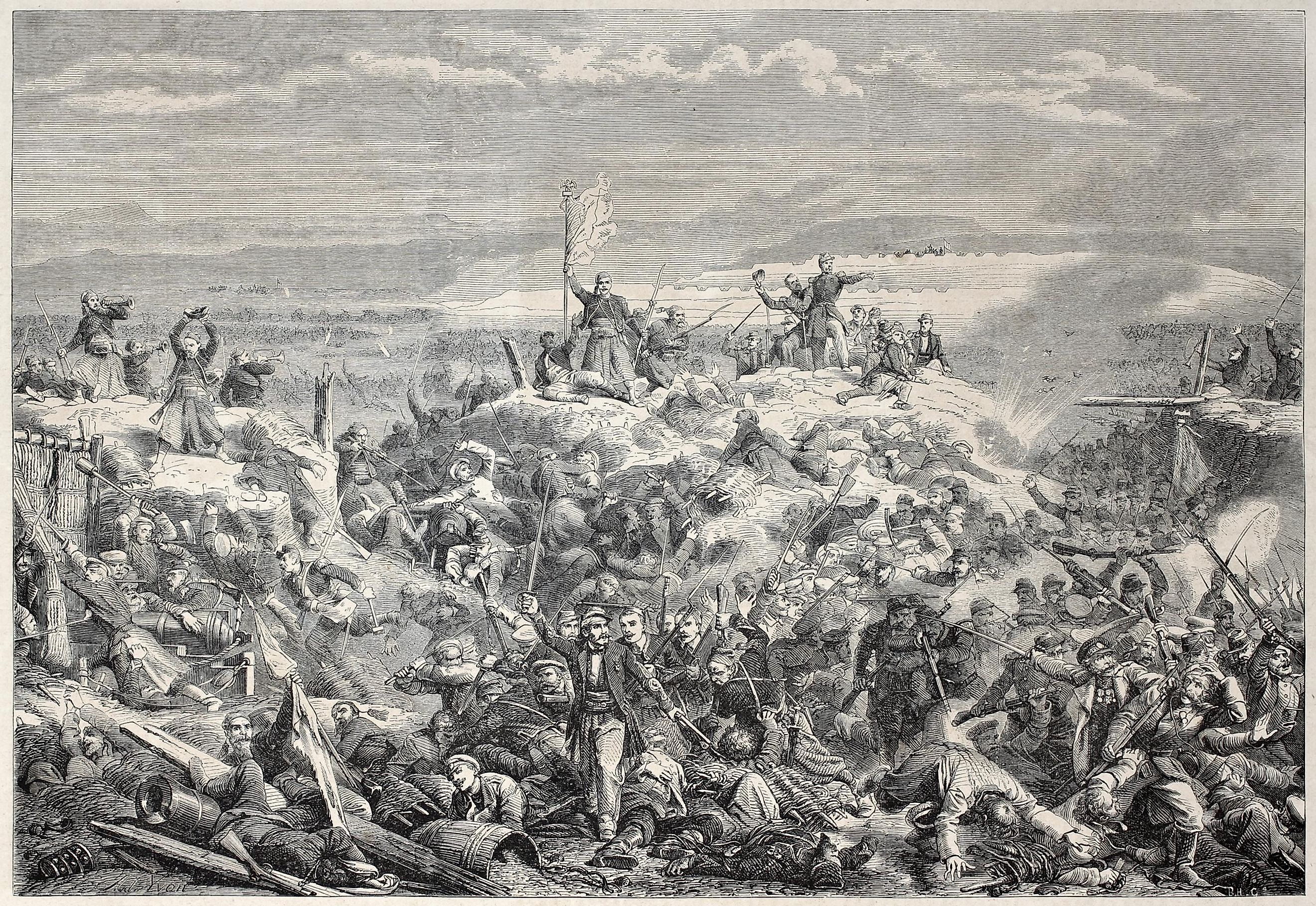
Crimean War
Sometimes referred to as the first truly "modern war" the Crimean War marked an important change in military technology and tactics as well as a shifting of alliances amongst the powerful European empires of the 19th century.
For decades, the European powers had grown wary of an ever-growing Russia. Britain was especially concerned as the Russian Empire expanded into Central Asia and threatened to invade British-controlled India. This war was quintessential of the 19th century and does an excellent job of explaining and highlighting the often fickle nature of imperial politics, alliances, and colonial policies that characterized much of the century.
The Sick Man of Europe
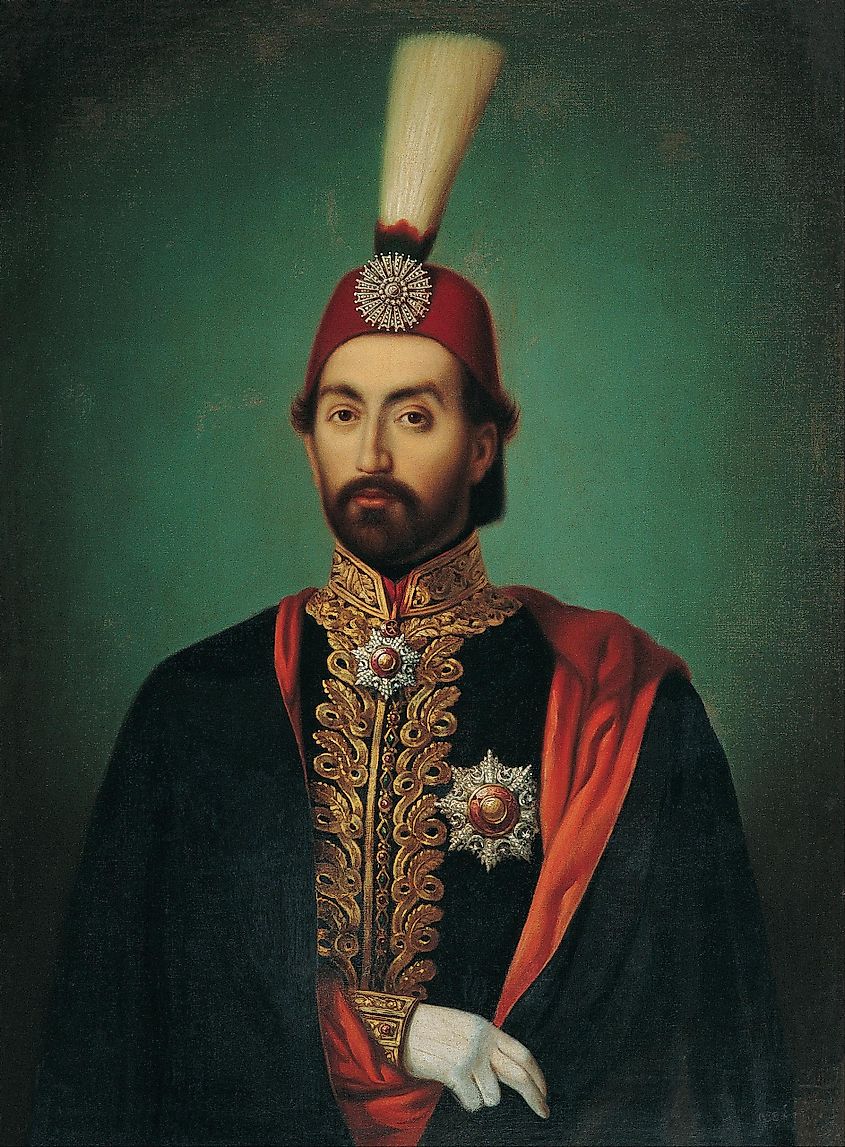
The origins of the war do not begin in Crimea or even Europe for that matter. The spark that ignited the war was caused by religious turmoil in the Middle East. In Ottoman-controlled Jerusalem, Catholics, and Orthodox Christians were at each other's throats. Sites within the city that were holy to both sects were predominately controlled by Catholics. This privilege over the Christian holy sites was largely thanks to the political jockeying of France.
For the past few decades, the Ottoman Empire and France had come to an agreement that the major Christian holy sites within Jerusalem would be controlled by the Catholics rather than the Orthodox Christians. Upon receiving this new status, Catholics were quick to ban their Orthodox cousins from visiting these sacred places.
Tensions between the two groups eventually boiled over and resulted in the deaths of a group of Orthodox monks in Bethlehem during a riot. The head of the Russian Empire, Czar Nicholas I sent a message to the Ottoman Sultan Abdülmecid I demanding that Orthodox Christians gain equal access to the holy site as well as declaring the Russian Empire as the official protectors of Orthodox Christians within the Ottoman Empire.
The Ottomans refused knowing it would only lead to more turmoil and open up further pretext for invasion in the event another similar incident took place in the Holy Land. After learning of the Turkish response, in 1854, the Russians mounted an invasion into Walachia and Moldavia, two Ottoman territories in the Balkans thus beginning the early stages of the Crimean War.
France and Britain Enter the War
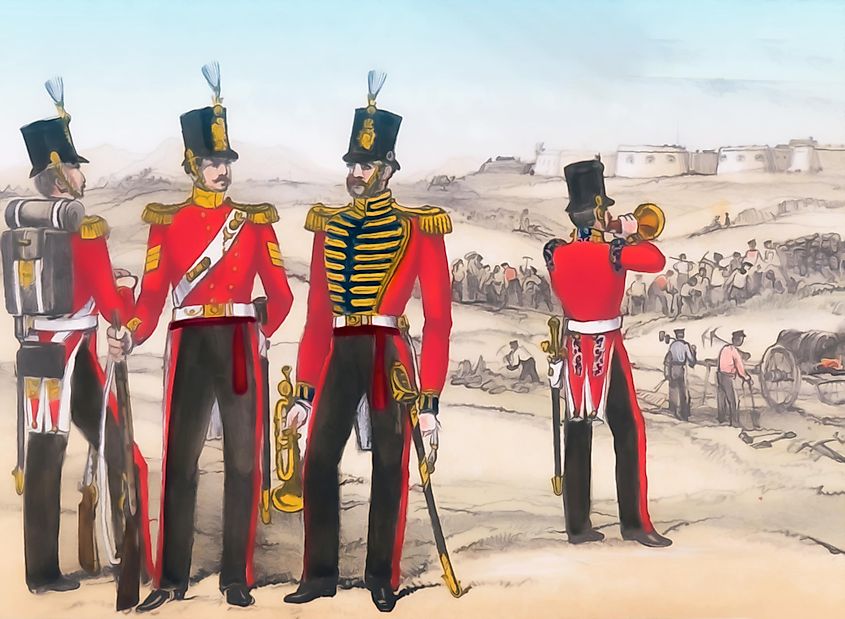
The beginning of the war was nothing short of a disaster for the Ottomans. The Russians were now storming into the Balkans and a Russian fleet had just attacked the port city of Sinop along the Black Sea. It was almost immediately clear that the technological gap between the two empires was immense, especially at sea.
The attack at Sinop was a slaughter by all accounts. The fighting was so lop-sided that large swathes of the European public became sympathetic towards the Turks after word started to circulate in the newspapers. The public started to become weary but both the British and French governments were carefully monitoring the situation long before their citizens ever heard of the attack on Sinop.
From the British perspective, this attack on the Turks directly threatened trade between itself and British India. The Suez Canal had not been constructed yet and large quantities of goods still traveled overland through the Ottoman Empire before it reached European markets. It did not help the situation that the British were also feeling pressure as the Russian Empire expanded ever closer towards India through conquest in Central Asia.
The French on the other hand were eager to restore their national prestige. The nation was still scared of its defeat during the Napoleonic Wars and saw this as the perfect to get revenge on one of its historical enemies. There was already significant resentment between the two powers due to France's agreements for preferential treatment of Catholics in the Holy Land as mentioned earlier.
War now made sense for both nations. In March 1854, Britain and France declared war on Russia and assembled a combined army of nearly 60,000 men. An invasion plan was drawn up. The coalition decided to attack Russia in Crimea and march on Sevastopol.
The War in Crimea Begins

British and French involvement took considerable pressure off of the Ottoman Empire. They were barely able to hang on as it was and now that Russia was on the defensive the Turks were finally able to recuperate.
A combined force of British, French, Turkish, and Sardinian troops all landed in Crimea in September 1854. The idea was that the Allies could establish a base of operations where they had landed and would then be able to march on Sevastopol. Shortly after arriving in Crimea, the Allies were met with a sizable Russian force at the Battle of Alba resulting in a clear victory for the British and French.
With the pathway now open, the French and British armies laid siege to Sevastopol. The Allies were expecting an easy victory but Sevestopol quickly proved it would be no easy feat to capture. Initial attempts to take the city were repelled and defensive fortifications were dug in. Both armies were now expecting a protracted battle for the city.
WWI in the 19th Century
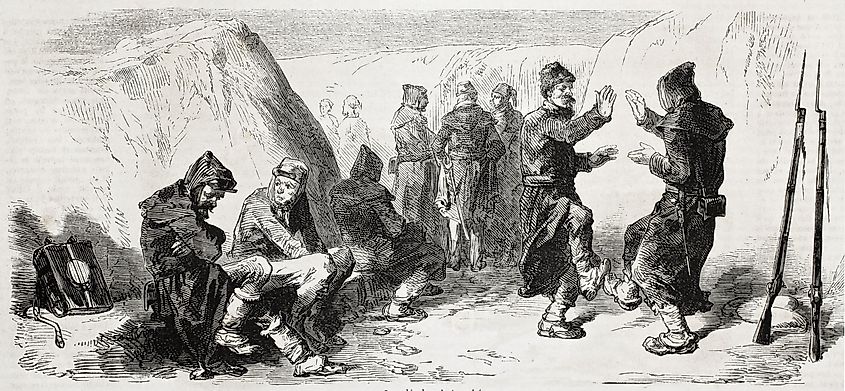
The reason that the Crimean War is sometimes referred to as the first "modern war" is due to the early forms of trench warfare that sprung about during the Seige of Sevastopol. Both the Russians and the allies launched poorly planned and ill-advised attacks against one another resulting in an astounding loss of life.
The use of heavy, indirect artillery also became commonplace during the war. Something that would later be an iconic and horrific characteristic of the First World War 60 years later. However, the greatest similarity between the Crimean War and WWI was the horrific conditions that soldiers had to fight in.
The conditions of the trenches were horrendous and a breeding ground for disease. A cholera outbreak claimed the lives of thousands. This only intensified as the fighting dragged on into the harsh Russian winter. As temperatures dropped more soldiers succumbed to the elements as there was a chronic lack of adequate supplies. Of the nearly 500,000 casualties of the war, it is estimated that 130,000 died directly from disease while another 26,000 died from their wounds.
An End to the War
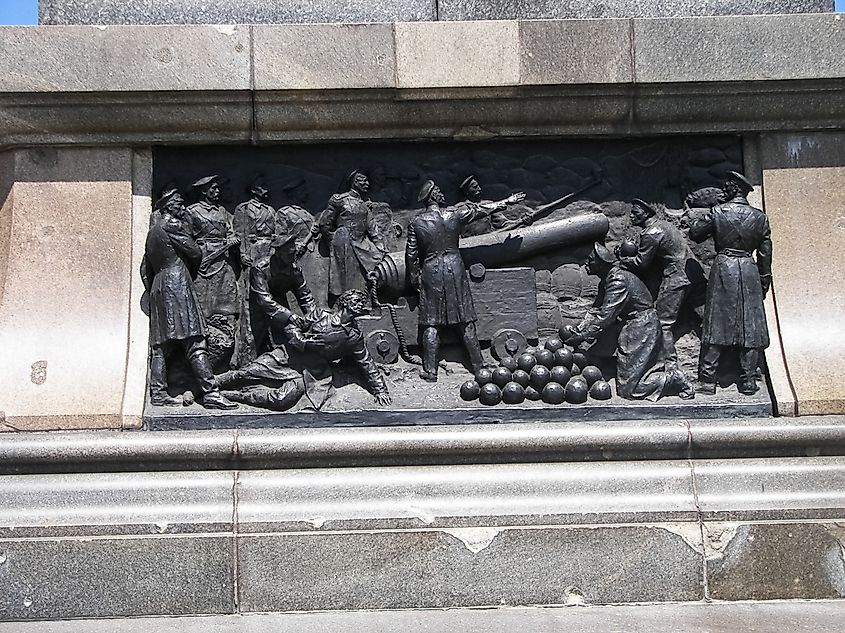
After fighting at Sevastopol for almost a year, the city was finally taken in the middle of 1855. After the city fell, the Austro-Hungarians sensing blood in the water threatened to enter the war against the Russians. Seeing that the war was now unwinnable, the Russians sued for peace.
In 1856, the Treaty of Paris was signed. This agreement forced Russia to return its captured territory to the Turks and promised to demilitarize the Black Sea. This did little to ease tensions between the Russians and Ottomans but it did give the French and British what they wanted.
British trade was secured and French prestige was intact. This conflict would also be one of the driving factors for the construction of the Suez Canal in 1858 allowing both Britain and France to no longer rely on the Ottomans for trade into Asia.
The Crimean War also served as a grim foreshadowing of what was to come. Similar conflicts would follow but this type of static and destructive warfare came to ahead in 1914. A conflict so colossal that neither the Ottoman Empire nor the Russian Empire would survive it.











